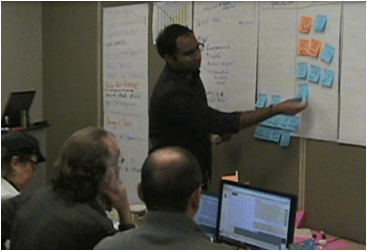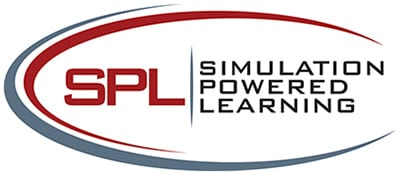Different Learning Simulations
Live Simulation
Live people using actual or simulated equipment in the real world (fire drill, CPR dummy). Live simulations are “live” because they include actual people and/or equipment interacting in a real world setting. The simulation runs in real time just as in the real world.
The value of the learning is dependent on the sophistication of the simulated equipment.
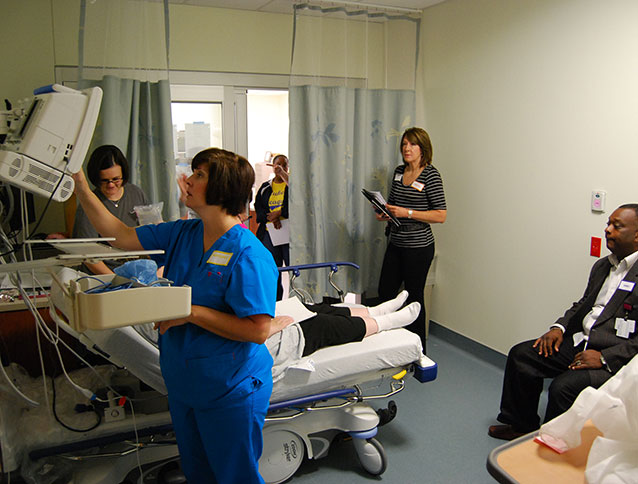
System Simulation
Simulated people use simulated equipment in a simulated environment (video games, system modeling). System simulations are a real life modeling of the operations of various real-world tasks or processes.
The real value of a system simulation is to understand the system relationships and strategy development. Individual skill development is limited.
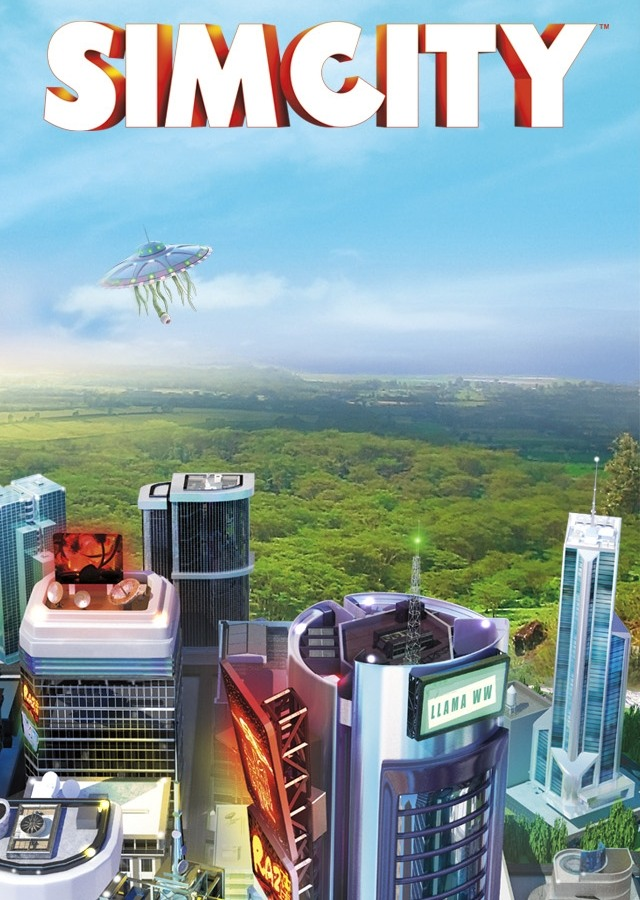
Virtual Simulation
Real people use simulated equipment in a simulated world (role play, cockpit simulation, product simulation). Virtual simulations are “virtual” because they include simulated people and/or equipment in a computer-simulated setting. The simulation runs in simulated time giving users the ability to practice specific activities.
The value of the learning is only as good as the actors or virtual system.
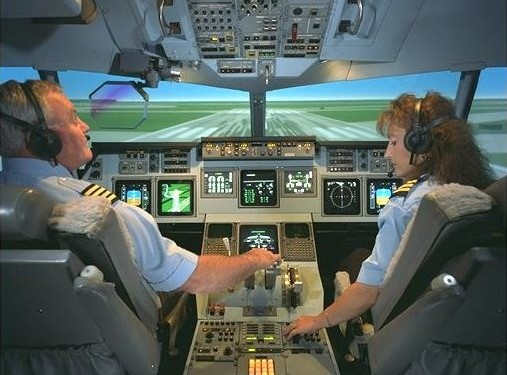
Immersive Simulation
Real people interact with simulated people in a simulated environment to develop specific skills (project management, leadership). An immersive simulation addresses several learning objectives at once. Simulated characters help create an immersive environment that elicits a learner’s responses to real-life challenges.
The value of learning (poor to excellent) is dependent on the complexity of the simulation (page turner to dynamic).
